Deblin mine back in production
Underground lead and zinc mine reopens in the Namib
AUGETTO GRAIG
A rebirth is in progress in the desert, just 30 km from the town of Swakopmund and 75 km from the harbour at Walvis Bay. The long-abandoned mineshaft at the Deblin mine, tunnelling more than 200 metres below the baking surface sands, has been rehabilitated. The old underground workings, last entered before the mine was closed in 1991, have been reopened.
After it was abandoned the mine site degenerated into faltering infrastructure, spilt tailings and hazardous materials. In 2009, North River Resources acquired the Namib Lead and Zinc Project and started raising funds for exploration, acquisition of a mining licence, and construction of a new mine at the historic site.
At the ground-breaking ceremony held in June 2018, Dag Kullmann, managing director of Namib Lead and Zinc, said: “We might be a small operation, but we have definitely got the attention of the international zinc community.”
North River Resources is a public company based in the United Kingdom, which has already embraced an inclusive ownership strategy encouraging local buy-in to reawaken the mine.
In early 2017 it established a community trust and an employee trust, each with 5% equity in Namib Lead and Zinc. While the community trust assists local communities, the employee trust will benefit previously disadvantaged employees who earn below a set threshold.
Funding for construction of the mine, to the tune of US$21 million (N$300 million), was secured from North River’s majority shareholder Greenstone Resources, new partner Castlelake Ventures and another long-time investor. Greensone and Castlelake are both private equity firms and each holds 44% of North River, with the balance owned by over 200 minority shareholders.
From the beginning the UK-based outfit started rehabilitating the area surrounding the mine while exploration was continuing. Now that the mine construction is completed, production will be ramped up over the course of the year.
The first-phase production target is to treat 10 000 tonnes of ore per month to produce lead and zinc concentrates destined for local and foreign markets.
According to a recent report by the Chamber of Mines of Namibia, the mine continues to pursue local value-addition opportunities but initial sales will likely be to foreign customers. The company will produce over 9 000 tonnes of concentrated lead and zinc annually, according to the chamber.
Early construction focused on site infrastructure, office buildings, operational buildings, workshops, product-handling facilities and wastewater-handling facilities. New mobile mine equipment and plant equipment was procured and set up.
The site of the previous processing plant was cleared to make way for a new plant, transported from Bond Equipment in South Africa in modular units. The first modular section of the processing plant equipment arrived on site in October last year.
Namib Lead and Zinc has entered into a supply agreement with NamWater and has replaced the old pipeline while constructing two new water reservoirs on site. Power supply is secured from Erongo RED.
By the end of 2018 more than N$100 million had been spent on mine development and construction, of N$140 million committed to project development. Total investment is expected to reach N$230 million this year. Most of the money was needed for the crushing and floatation plant, mining equipment and development, as well as site infrastructure.
With an initial mineral resource estimated at 1.1million tonnes, the life-of-mine is estimated at nine years, but continued exploration may increase this timeframe.
Fifty-two employees had been signed up at the mine by the end of 2018, 38 of whom were permanently appointed and 14 on fixed-term contracts. This staff includes five students from the Namibia Institute of Mining Technology. Once fully operational, the company plans to have a workforce of 150 employees.
A rebirth is in progress in the desert, just 30 km from the town of Swakopmund and 75 km from the harbour at Walvis Bay. The long-abandoned mineshaft at the Deblin mine, tunnelling more than 200 metres below the baking surface sands, has been rehabilitated. The old underground workings, last entered before the mine was closed in 1991, have been reopened.
After it was abandoned the mine site degenerated into faltering infrastructure, spilt tailings and hazardous materials. In 2009, North River Resources acquired the Namib Lead and Zinc Project and started raising funds for exploration, acquisition of a mining licence, and construction of a new mine at the historic site.
At the ground-breaking ceremony held in June 2018, Dag Kullmann, managing director of Namib Lead and Zinc, said: “We might be a small operation, but we have definitely got the attention of the international zinc community.”
North River Resources is a public company based in the United Kingdom, which has already embraced an inclusive ownership strategy encouraging local buy-in to reawaken the mine.
In early 2017 it established a community trust and an employee trust, each with 5% equity in Namib Lead and Zinc. While the community trust assists local communities, the employee trust will benefit previously disadvantaged employees who earn below a set threshold.
Funding for construction of the mine, to the tune of US$21 million (N$300 million), was secured from North River’s majority shareholder Greenstone Resources, new partner Castlelake Ventures and another long-time investor. Greensone and Castlelake are both private equity firms and each holds 44% of North River, with the balance owned by over 200 minority shareholders.
From the beginning the UK-based outfit started rehabilitating the area surrounding the mine while exploration was continuing. Now that the mine construction is completed, production will be ramped up over the course of the year.
The first-phase production target is to treat 10 000 tonnes of ore per month to produce lead and zinc concentrates destined for local and foreign markets.
According to a recent report by the Chamber of Mines of Namibia, the mine continues to pursue local value-addition opportunities but initial sales will likely be to foreign customers. The company will produce over 9 000 tonnes of concentrated lead and zinc annually, according to the chamber.
Early construction focused on site infrastructure, office buildings, operational buildings, workshops, product-handling facilities and wastewater-handling facilities. New mobile mine equipment and plant equipment was procured and set up.
The site of the previous processing plant was cleared to make way for a new plant, transported from Bond Equipment in South Africa in modular units. The first modular section of the processing plant equipment arrived on site in October last year.
Namib Lead and Zinc has entered into a supply agreement with NamWater and has replaced the old pipeline while constructing two new water reservoirs on site. Power supply is secured from Erongo RED.
By the end of 2018 more than N$100 million had been spent on mine development and construction, of N$140 million committed to project development. Total investment is expected to reach N$230 million this year. Most of the money was needed for the crushing and floatation plant, mining equipment and development, as well as site infrastructure.
With an initial mineral resource estimated at 1.1million tonnes, the life-of-mine is estimated at nine years, but continued exploration may increase this timeframe.
Fifty-two employees had been signed up at the mine by the end of 2018, 38 of whom were permanently appointed and 14 on fixed-term contracts. This staff includes five students from the Namibia Institute of Mining Technology. Once fully operational, the company plans to have a workforce of 150 employees.



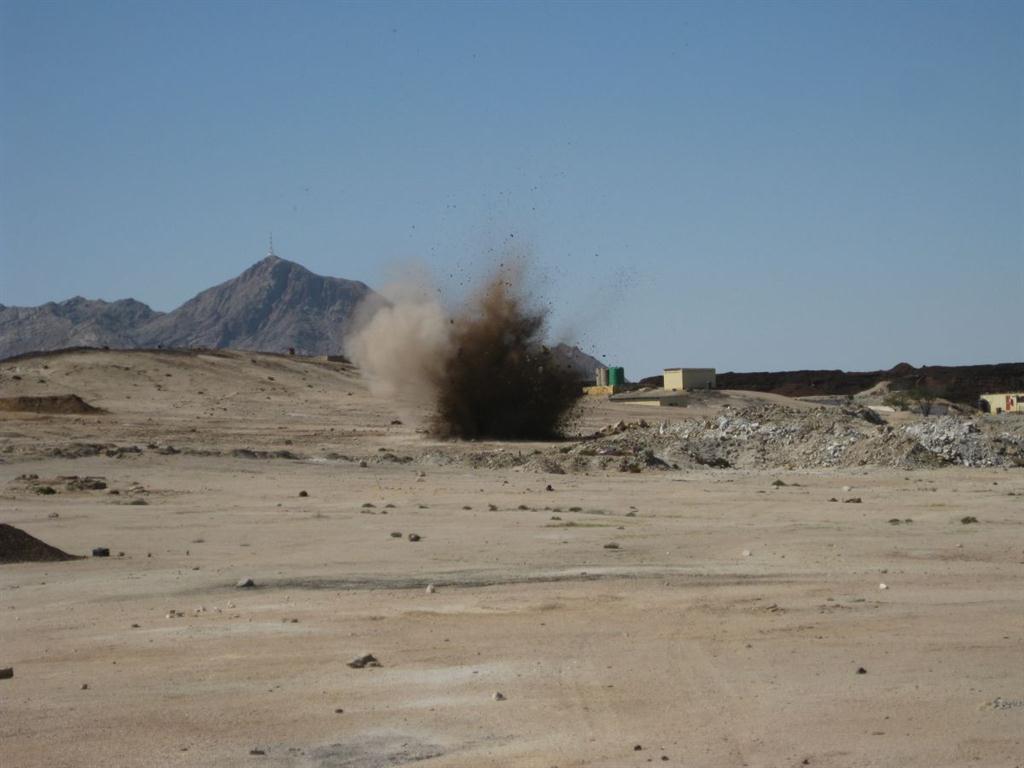
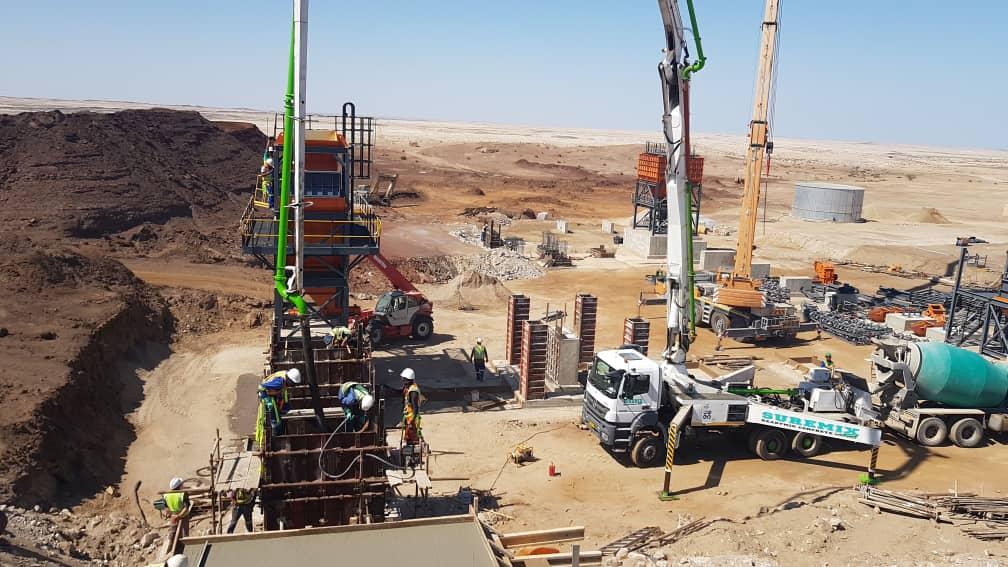
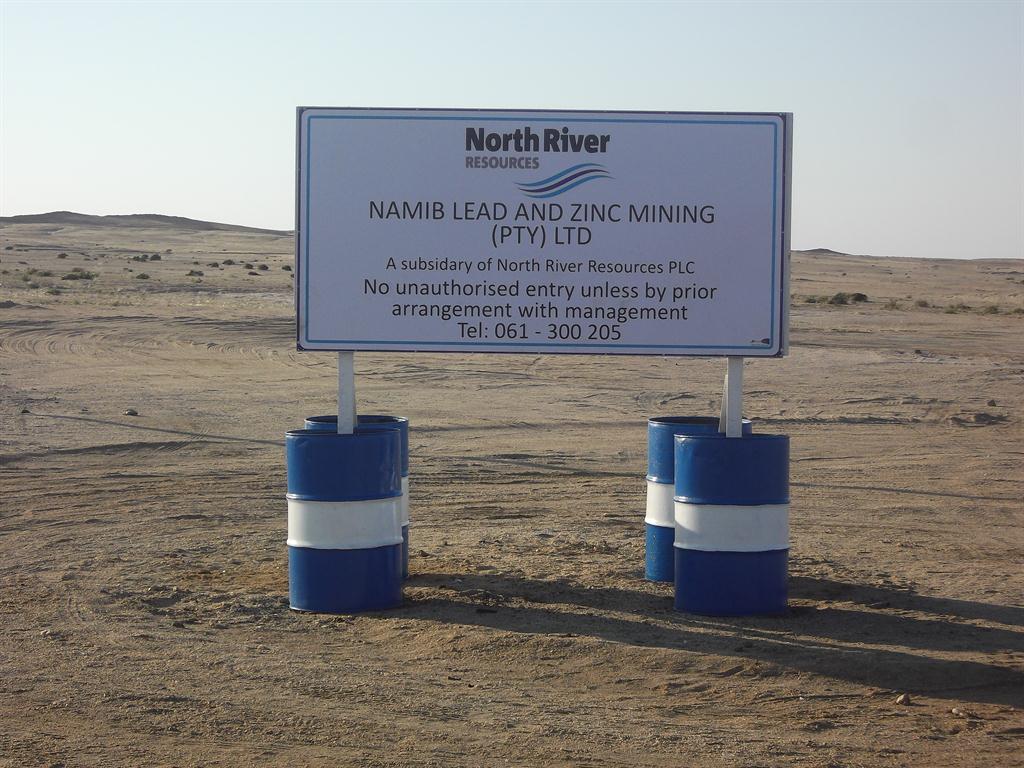
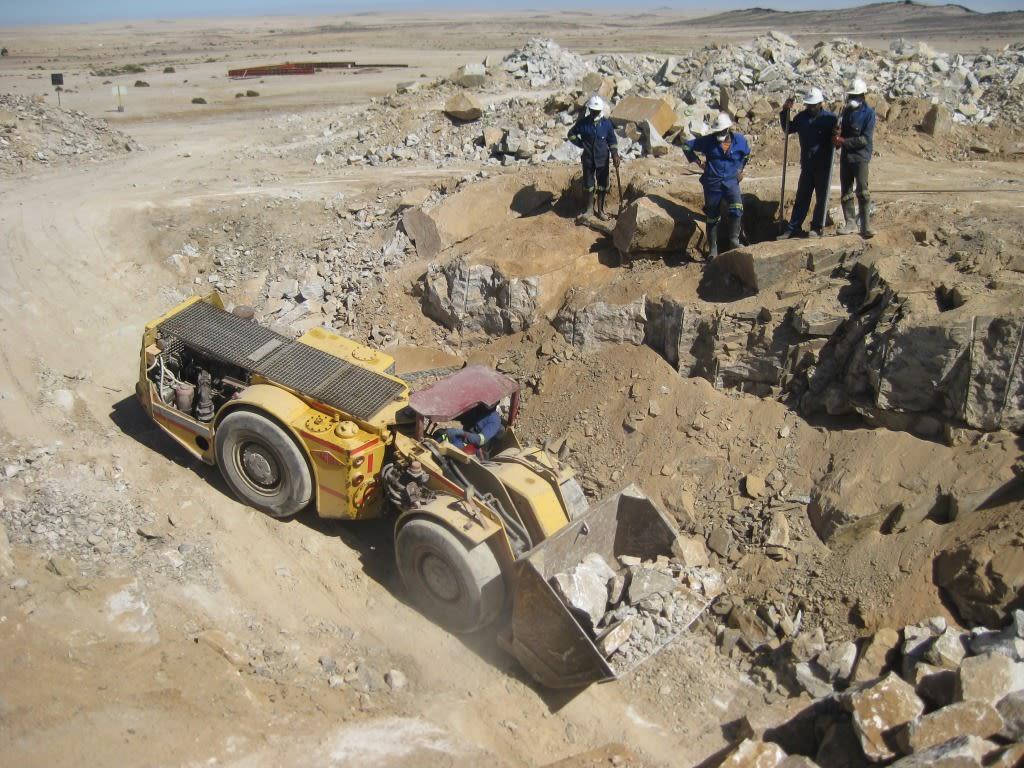
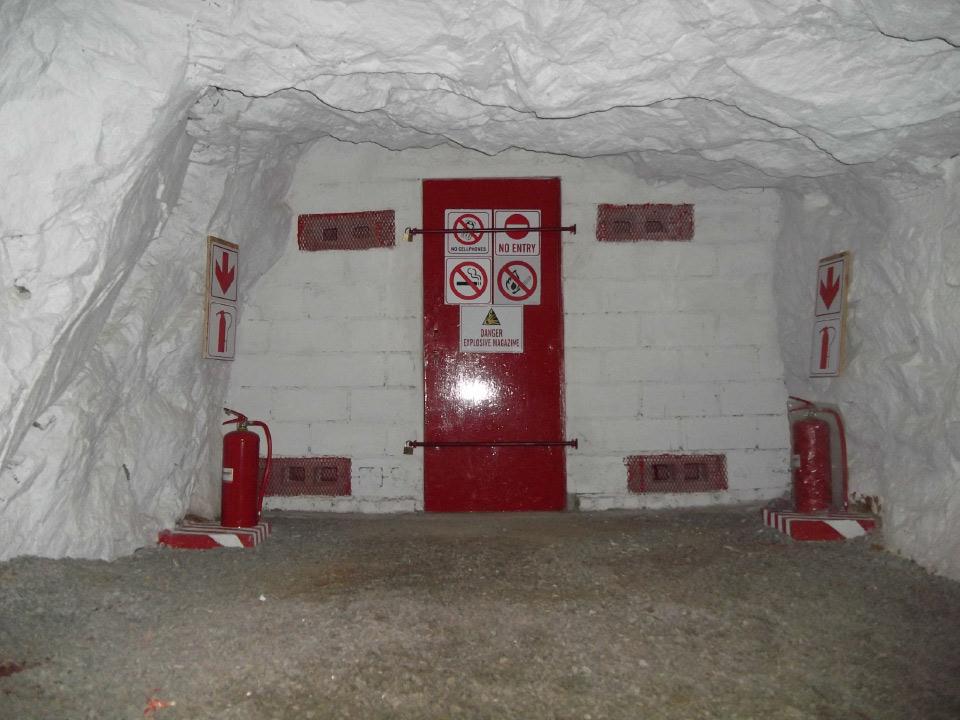
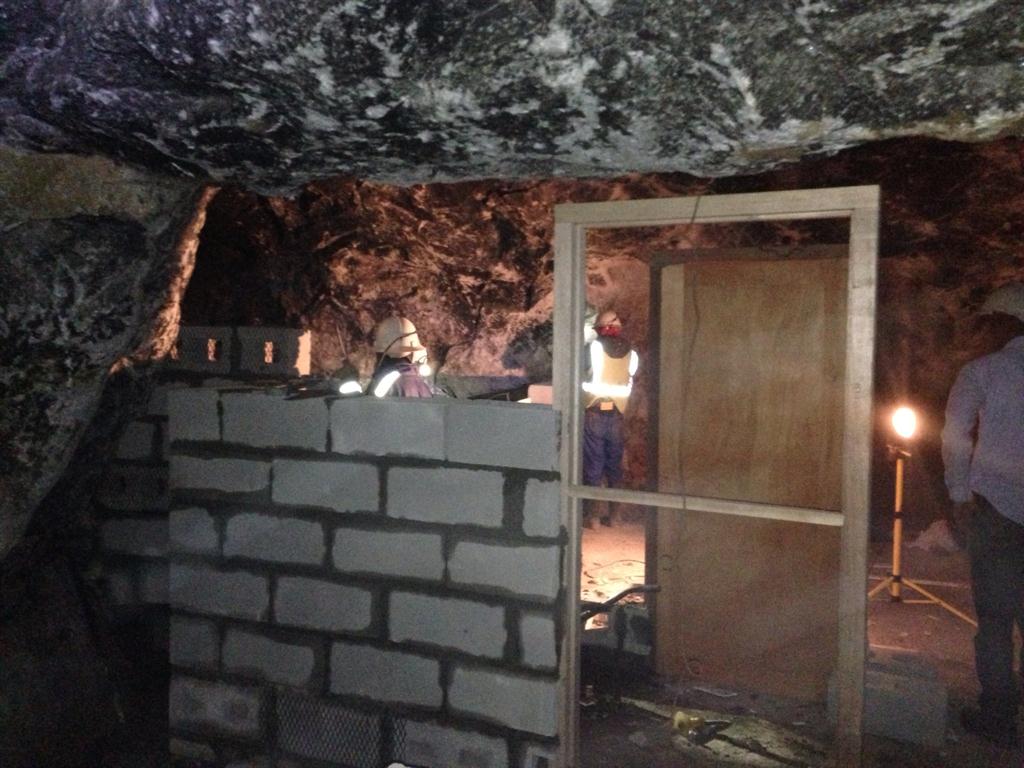

Kommentar
Allgemeine Zeitung
Zu diesem Artikel wurden keine Kommentare hinterlassen